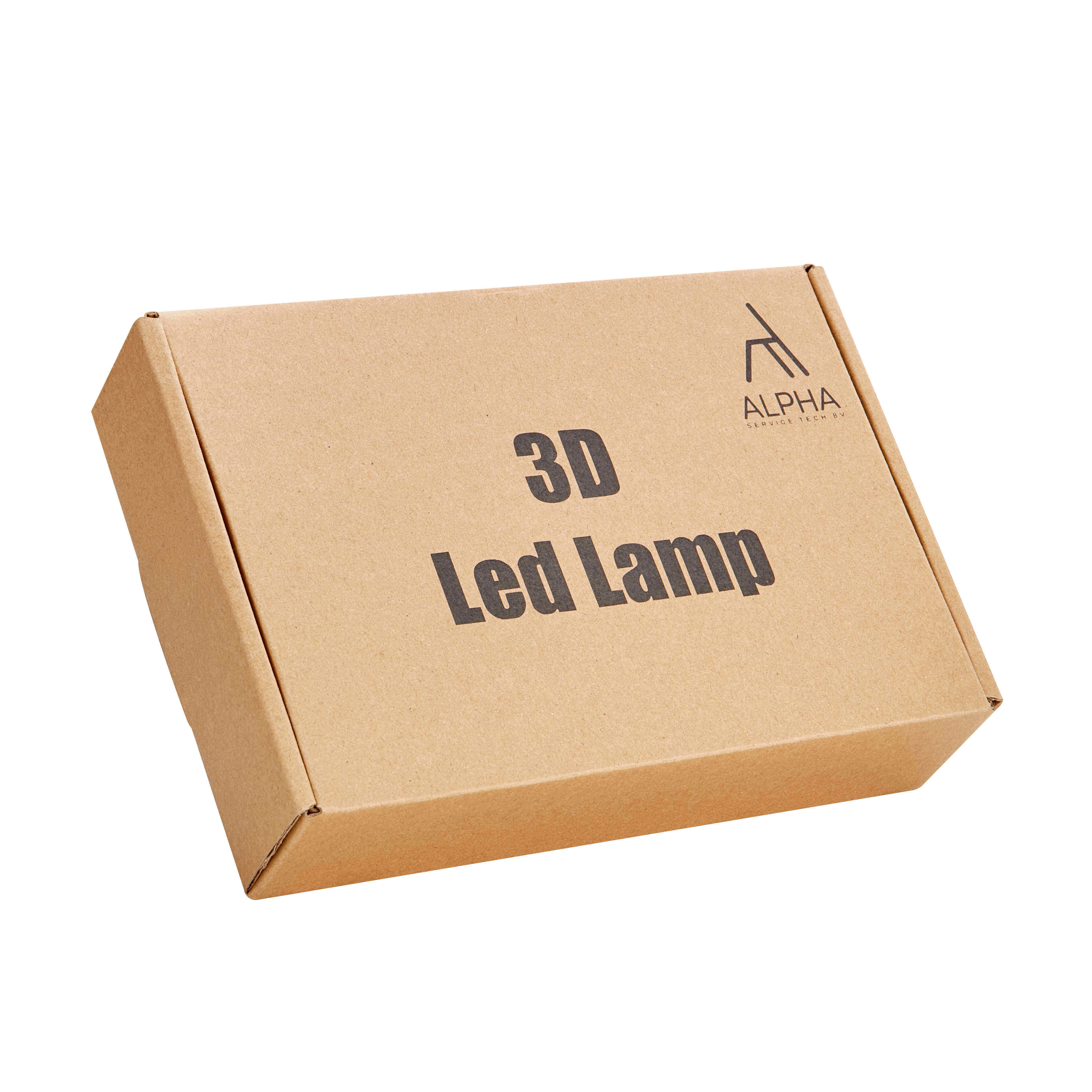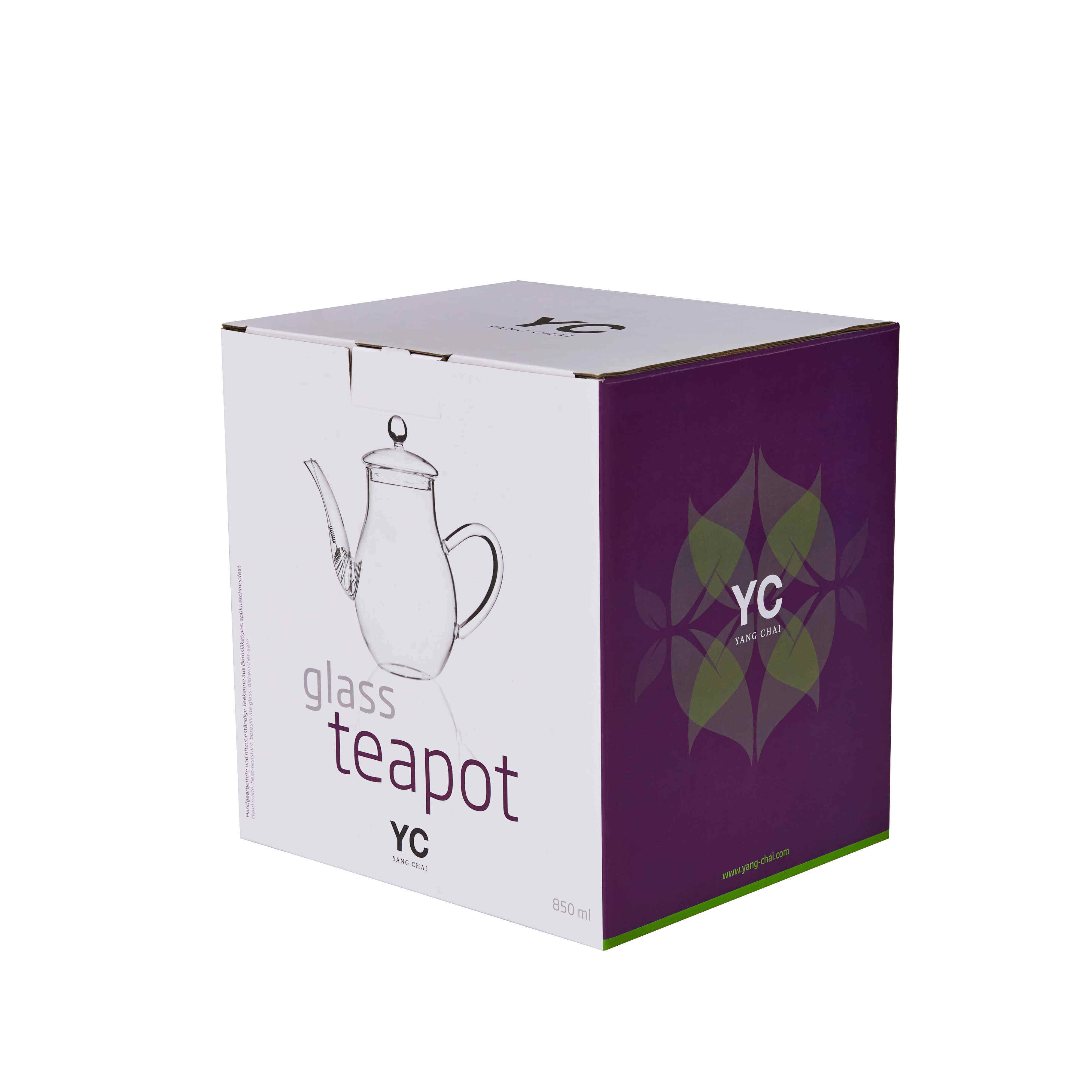The Rise of Sustainable Packaging Solutions in Modern Commerce
The packaging industry is experiencing a revolutionary shift as eco friendly packaging emerges as a dominant force in today's market. This transformation reflects a growing environmental consciousness among consumers and businesses alike, driven by mounting concerns over plastic pollution, climate change, and environmental sustainability. As we witness the steady rise of eco friendly packaging across various sectors, it's becoming clear that this isn't just a passing trend but a fundamental change in how products are packaged and delivered to consumers.
Global brands, local businesses, and consumers are increasingly recognizing that traditional packaging methods are no longer sustainable in our resource-constrained world. The surge in eco friendly packaging adoption represents a response to both environmental necessity and market demand, as more people seek products that align with their values and environmental commitments.
Environmental Impact and Sustainability Benefits
Reducing Carbon Footprint Through Smart Materials
Eco friendly packaging significantly reduces environmental impact through the use of biodegradable materials and sustainable production processes. Unlike conventional packaging that often relies on petroleum-based plastics, sustainable alternatives utilize renewable resources such as bamboo, cornstarch, and recycled materials. These materials require less energy to produce and decompose naturally, leaving minimal environmental footprint.
The manufacturing process of eco friendly packaging typically generates fewer greenhouse gas emissions compared to traditional packaging methods. This reduction in carbon footprint extends throughout the entire lifecycle of the packaging, from production to disposal, making it an environmentally responsible choice for businesses and consumers alike.
Ocean and Wildlife Protection
One of the most compelling benefits of eco friendly packaging is its role in protecting marine ecosystems and wildlife. Traditional plastic packaging often ends up in our oceans, forming massive garbage patches and threatening marine life. Sustainable packaging solutions break down naturally without releasing harmful chemicals or creating microplastics that can enter the food chain.
By choosing eco friendly packaging, businesses actively contribute to reducing the estimated 8 million tons of plastic that enter our oceans annually. This shift helps preserve biodiversity and protects countless species from the harmful effects of plastic pollution.

Consumer Demand and Market Trends
Shifting Consumer Preferences
Modern consumers are increasingly making purchasing decisions based on environmental considerations. Recent market research indicates that over 70% of consumers are willing to pay more for products that come in sustainable packaging. This shift in consumer behavior has created a strong business case for companies to adopt eco friendly packaging solutions.
The younger generation, particularly millennials and Gen Z, shows an even stronger preference for environmentally conscious brands. These demographic groups are more likely to support companies that demonstrate genuine commitment to sustainability through their packaging choices and overall business practices.
Brand Reputation and Competitive Advantage
Companies that embrace eco friendly packaging often experience enhanced brand reputation and customer loyalty. Sustainable packaging has become a powerful differentiator in crowded markets, helping brands stand out while demonstrating corporate responsibility. This commitment to environmental stewardship can translate into increased market share and stronger customer relationships.
Furthermore, businesses that proactively adopt sustainable packaging solutions often find themselves better positioned to comply with evolving environmental regulations and avoid potential future penalties or restrictions on traditional packaging materials.
Innovation and Technology in Sustainable Packaging
Advanced Material Development
The field of eco friendly packaging continues to evolve with breakthrough innovations in material science. Researchers and manufacturers are developing new sustainable materials that match or exceed the performance of traditional packaging while maintaining environmental benefits. These innovations include plant-based plastics, mushroom packaging, and seaweed-based materials.
Smart packaging technologies are also emerging, combining sustainability with enhanced functionality. These solutions include packaging that extends product shelf life naturally, reduces food waste, and provides better product protection while maintaining eco-friendly credentials.
Manufacturing Process Improvements
Technological advancements in manufacturing processes are making eco friendly packaging more efficient and cost-effective to produce. New production methods reduce water consumption, energy usage, and waste generation while maintaining high-quality standards. These improvements help make sustainable packaging solutions more accessible to businesses of all sizes.
The integration of artificial intelligence and automation in packaging production has led to optimized material usage and reduced waste, further enhancing the environmental benefits of eco friendly packaging solutions.
Economic Benefits and Cost Considerations
Long-term Cost Savings
While the initial investment in eco friendly packaging may be higher than traditional options, businesses often realize significant long-term cost savings. Sustainable packaging typically requires less material, reduces shipping weights, and can lead to more efficient storage and transportation. These factors contribute to lower operational costs over time.
Additionally, as production scales up and technology improves, the cost gap between conventional and eco friendly packaging continues to narrow, making sustainable options increasingly competitive from a purely financial perspective.
Government Incentives and Support
Many governments worldwide are introducing incentives and support programs for businesses that adopt sustainable packaging practices. These may include tax benefits, grants, or preferential treatment in government contracts. Such initiatives help offset the initial costs of transitioning to eco friendly packaging solutions and encourage wider adoption across industries.
Regulatory frameworks are also evolving to favor sustainable packaging options, creating additional economic motivation for businesses to make the switch to eco friendly alternatives.
Frequently Asked Questions
What materials are commonly used in eco friendly packaging?
Common materials include recycled paper and cardboard, biodegradable plastics made from plant-based sources, bamboo, cork, and other renewable resources. These materials are chosen for their minimal environmental impact and ability to decompose naturally without harmful residues.
How does eco friendly packaging impact product costs?
While eco friendly packaging may initially cost more than traditional options, many businesses find that the long-term benefits, including reduced shipping costs and increased customer loyalty, often offset the initial investment. Additionally, as production scales up, prices continue to become more competitive.
Can eco friendly packaging maintain product quality and freshness?
Modern sustainable packaging solutions are designed to meet or exceed the performance standards of conventional packaging. Many eco friendly materials offer excellent protection against moisture, temperature, and physical damage while maintaining their environmental benefits.
How long does eco friendly packaging take to decompose?
The decomposition time varies depending on the specific materials used, but most eco friendly packaging materials break down within 3-6 months under proper conditions, compared to hundreds of years for traditional plastics. Some materials can decompose even faster in commercial composting facilities.


